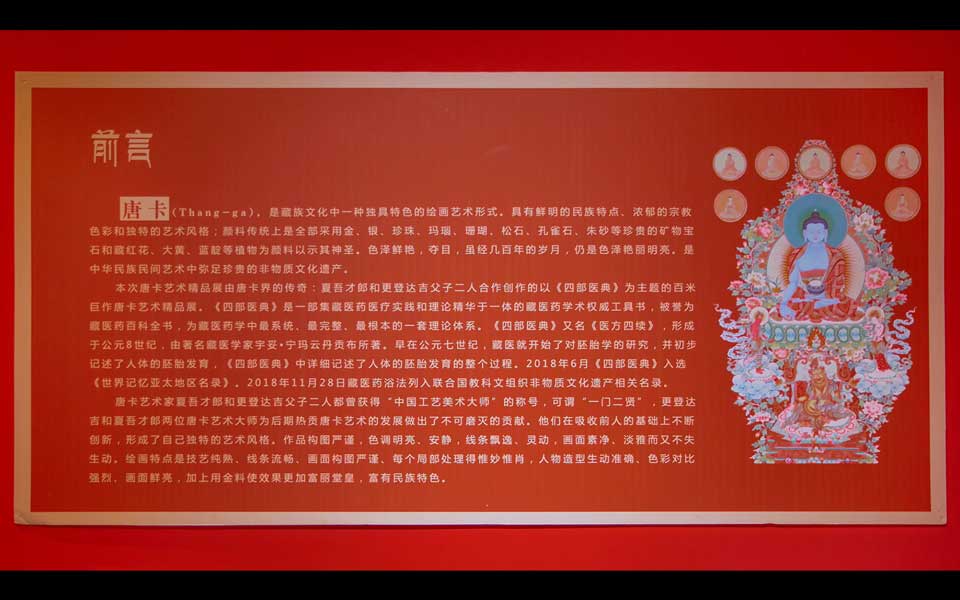Science of medicine•Four Treatises
Home » Five Sciences » Science of medicine » Four Treatises

Four Treatises
The Four Medical Treatises is written in the form of a question-and-answer session between the two incarnations of Medicine Buddha, the Śānshūrā and the Śūraṇī. The book consists of four parts:
The Root Medical Treatise (རྩ་རྒྱུད་, rtsa rgyud), with 6 chapters, introduces the general ideas about human physiology, pathology, diagnosis, and medical treatment from the perspective of Tibetan medical philosophy.
The Treatise on Medicine (བཤད་རྒྱུད་, bshad rgyud), with 31 chapters, elaborates on the first part, introducing the structure of the human body, the causes of illness, physical health care, the properties of drugs, diagnostic methods, and treatment principles.
The Secret Medical Treatise (མན་ངག་རྒྱུད་, man ngag rgyud), with 92 chapters, introduces specific treatment methods for various clinical diseases.
The subsequent medical canon (ཕྱི་མ་རྒྱུད་, phyi ma rgyud) has 27 chapters, introducing diagnostic methods, drug combinations, and external treatments.
The subsequent medical canon (ཕྱི་མ་རྒྱུད་, phyi ma rgyud) has 27 chapters, introducing diagnostic methods, drug combinations, and external treatments.